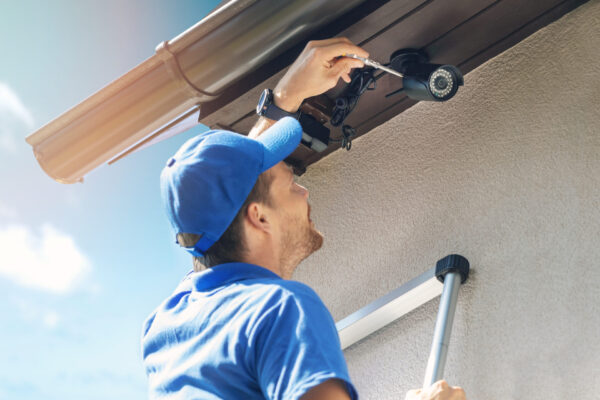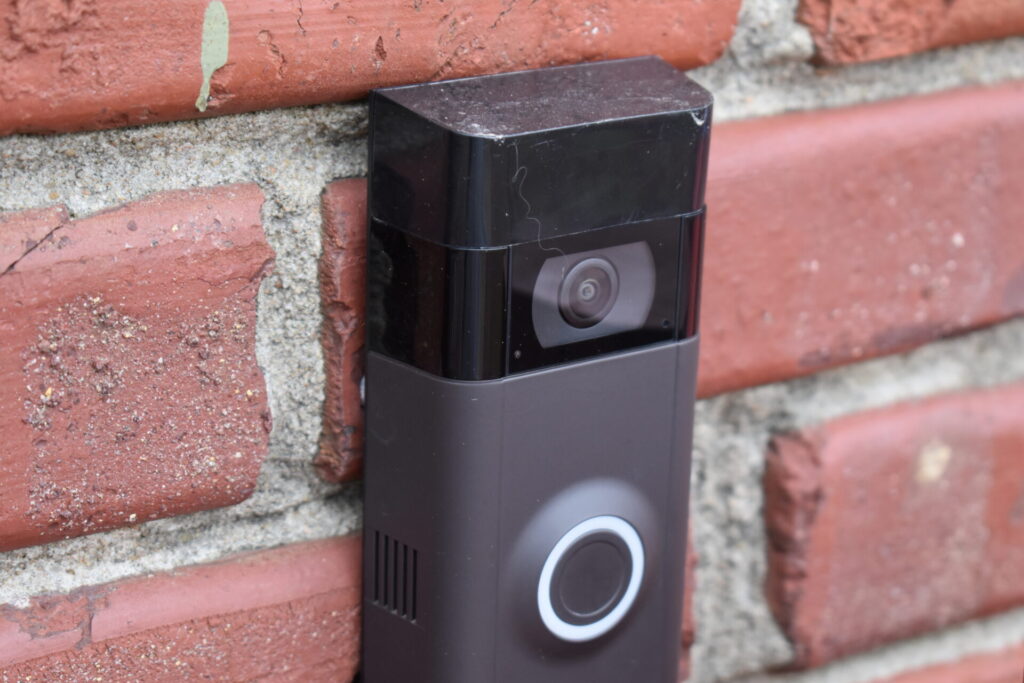
Your home is your castle. It’s where you retreat from the hectic bustle of the world at large and enjoy the company of family and friends. It’s also a target for burglars, vandals, and other nefarious types.
Fortunately, thanks to the always-connected nature of today’s high-speed internet connections and the growing adoption of smart home and Internet of Things (IoT) devices, securing your home against these and other threats is easier than ever.
Whether you’re protecting a one-bedroom apartment or a large, comfortable house, there are dozens of connected devices and online services that can keep you safe, not only against intruders, but also against fires, flooding, and invisible threats like faulty wiring or carbon monoxide.
Together with an iron-clad high-speed fiber internet connection, these home security options are an easy and affordable way to keep you and your family safe.
A Note on Ecosystems
When you’re shopping for home security devices, one important thing to keep in mind is which company’s solutions you’re going to use. While many company’s devices are interconnectable with devices from other manufacturers, doing so often results in reduced functionality – that means you’re not getting your money’s worth out of your purchase.
When all of your devices are designed for the same “ecosystem” (a term that roughly describes smart home or other digital systems that are designed to work together in a network), you’ll see increased performance and usually unlock access to additional features that a mixed bag of components won’t provide.
Google Home, Amazon Alexa, Vivint, and Cove are just a few of the smart home or home security ecosystems available on the market today. Before starting your home security journey, do some research on the available options and find out which manufacturer’s devices will best meet your family’s unique needs.
Once you’ve decided on an ecosystem that works for you, you can begin to purchase the devices that will make up your home’s security infrastructure.

Cameras
When talking about connected security devices, the first thing most homeowners think of are cameras. There are hundreds of options on the market today, each offering different benefits, but they all have a few things in common: they’re easy to install, require little to no wiring, and connect to your home’s router to stream video to an app or save video footage in the cloud.
Cameras usually take one of three forms:
- Exterior cameras are mounted on the outside of the home and provide coverage of the yard, driveway, and other outside areas adjacent to the home itself.
- Interior cameras are installed inside and can capture footage of invaders or just keep an eye on workers who are present while you’re away.
- Doorbell cameras are integrated with a digital connected doorbell and record wide-angle footage of the space around the exterior doors of your home. They allow you to speak to someone waiting at your door, even if you’re not at home.
Sensors
The next component that’s usually installed as part of a smart home security system is a suite of sensors that detect unwanted visitors, opened doors or windows, or broken glass. Other sensors protect against environmental threats like smoke, flooding, dangerous gases, or faulty wiring. Sensors for your home can include:
- Motion detectors, which use heat sensing technology or cameras to alert you when there’s unexpected motion inside or outside your home.
- Door and window sensors, which alert you when a door or window is opened unexpectedly.
- Glass sensors, which detect the sound of breaking glass and alert you to a potential intruder.
- Smoke detectors, which alert when smoke enters your home.
- Flooding sensors, which either detect an unexpectedly high flow rate in your plumbing or detect elevated levels of moisture in your home.
- Gas detectors, which warn you of the presence of dangerous chemicals such as carbon monoxide or radon.
- Electrical supply sensors, which detect current “leaks” that could indicate damaged appliances or faulty wiring.
Access Devices
Of course, you need your home to let its guard down long enough to let you and your family and friends in and out. To that end, there are dozens of home security devices that make access control a breeze. Two of the most common are key fobs and smart locks:
- Key fobs: Just like your car’s door locks, your home’s security devices can be switched on and off with a handy key fob.
- Smart locks: These connected devices replace your standard door locks and allow you to lock and unlock your home’s doors, arm and disarm your alarm, and more without using a key.
Monitoring
While all of these connected devices offer apps and websites where you can monitor your home’s status yourself, many also offer monitoring services for a monthly fee. When you subscribe to a monitoring service, your home’s security devices will be watched around the clock, and any alarms or alerts will prompt a call or other notification to you and/or local authorities.
Keep Your Home and Family Safe With Lightning-Fast Fiber Internet From Public Service.
Protect your home against human and environmental threats with devices that stay connected with the reliability of Public Service’s fiber internet service. Call us today to get connected – 478-887-4267
Related Articles
